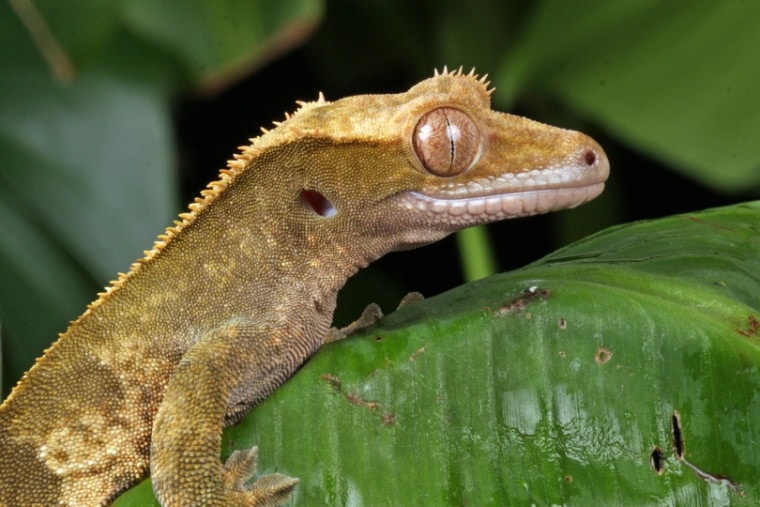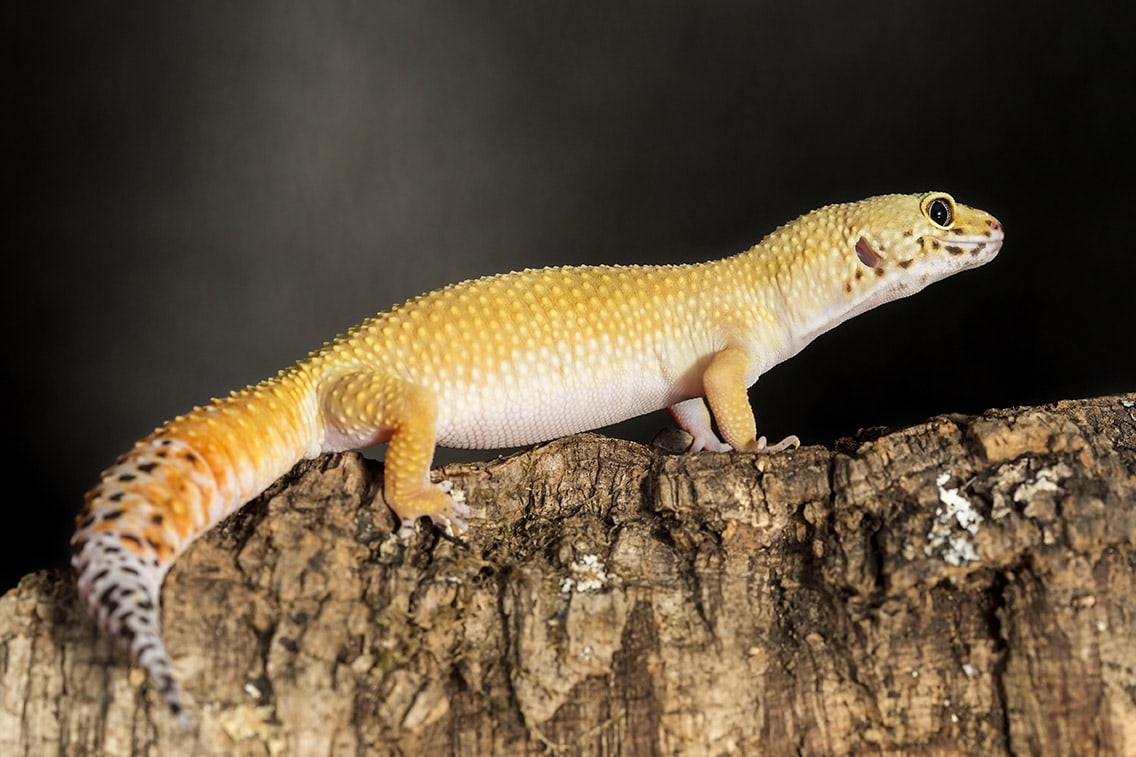
Many lizards are commonly kept as pets, but few are as unique and interesting as crested geckos. These lizards are striking in appearance and come in a wide range of different colors and variations. They’re also full of personality and make excellent pets, but once you get one, it tends to fuel the desire for more. The question is, can you keep them all together, or will you need separate terrariums?
There’s actually debate about what crested geckos’ social habits are like in the wild. But according to prominent sources, such as the Royal Veterinary College of the University of London1, crested geckos are happiest when living alone. That doesn’t mean you can never keep two of these lizards in the same home; it just means you’ll have to be particular about how you do it.
In this article, we discuss the risks of keeping crested geckos together and how you can mitigate those risks to make this a more favorable option. We also cover the gecko pairs that have the best and worst rates of success for amiable living.
Risks of Housing Multiple Crested Geckos Together
If you plan on trying to house two crested geckos in the same enclosure, you’ll need to be aware of all the potential hazards. This will ensure that you’re prepared in case something happens and should offer you the foresight necessary to prevent many of these problems from ever arising.
Fighting Between Lizards
The biggest risk when keeping multiple crested geckos in the same enclosure is fighting. Fighting between these lizards can get wildly intense and aggressive, and it often results in the death of one or both lizards. Injuries are almost guaranteed if such a conflict arises, and you can bet that some of those injuries will be quite serious.
Male crested geckos tend to be territorial, which is why they fight so intensely. However, females and males don’t fight over territory. Males generally only attack other males in their space. For this reason, you never want to keep two male crested geckos in the same enclosure. This will likely result in fighting, which could cause injury or death for your geckos.
Cannibalism
Cannibalism is most common when there’s a notable size difference between two geckos in the same space. It’s common for the larger lizard to eat the smaller one. In the wild, crested geckos are voracious carnivores that will eat just about anything that they can fit in their mouth, and a smaller lizard just looks like another meal.
The problem with cannibalism doesn’t end there, unfortunately. If one lizard is eaten, that lizard is gone. But what if the lizard doing the eating ends up choking on the smaller lizard? Now you’ve got two dead lizards. This possibility is far more probable than you might think.

Potential Crested Gecko Pairings
To keep crested geckos together without fighting and mayhem, you’ll need to be selective about the geckos that you choose to house together. In this section, we discuss different pairings to consider and whether they’re a good idea.
Multiple Males
This is not a pairing that you want to make with crested geckos. Males can be territorial, and if you house two of them together, you are likely to see fighting, which could result in injury or death for either or both geckos.
Male and Female
One male and one female can be housed together safely. This will likely result in offspring, and you’ll probably want to separate the two lizards for a while after the female gives birth. She’ll need time to cool down and recover without the stress of the male attempting to chase her down to continue breeding.

Male and Multiple Females
This is likely the best approach if you plan on keeping more than one crested gecko in a single enclosure. It’s recommended that you keep no more than three together in total to avoid fighting over space, even between females. But with one male and two females, there should be no fighting and plenty of breeding, and the females can still get cooldown time without having to be removed from the enclosure.
Multiple Females
Female crested geckos tend to form hierarchies when kept together, but they also generally remain peaceful. They’re less territorial than males and thus, less likely to fight. You can usually house several females together safely.
Baby Crested Geckos
Things are a bit different when dealing with babies, as they’re quite a bit more social than mature adults. You can keep several baby crested geckos together without much risk of fighting, regardless of their sex.

Keeping Crested Geckos Together Safely
If you’re still determined to keep more than one crested gecko in a single enclosure, you’ll need to know how to do so in the safest way possible. Here are tips to help.
Only Pick Safe Pairs
Don’t try to keep two males together; it’s not worth the risk. Stick to groups that make sense. Keep no more than one male per enclosure. Females can be kept together, but ensure that there’s adequate space to avoid fighting. One male can be kept with several females, but if it’s kept with just one, make sure she gets cooldown time separate from him after giving birth.

Pick Lizards of a Similar Size
The last thing that you want to do is accidentally feed a smaller crested gecko to a larger one by trying to keep them together. Avoid this by only putting lizards in the same habitat if they’re about the same size. Even if he doesn’t eat the smaller lizard, a larger male might try to breed with a female that’s not ready yet, causing serious damage in the process.
Ensure Ample Space
Even female crested geckos will fight with each other if they don’t have enough space. You want a 20-gallon aquarium as a minimum for a single crested gecko. Two geckos will need a 30-gallon terrarium, and more geckos will need even more space. Keeping too many geckos in a space that’s too small is a fast way to start causing problems between your lizards.
Conclusion
Crested geckos make great pets, and they’re among the most unique-looking lizards around. Keeping your geckos in the same enclosure seems like the easy route, but you have to be careful about pairing them up unless you want your lizards to kill or injure each other. Still, if you take sensible precautions like never keeping multiple males together and only housing lizards of similar sizes, you should be able to keep several lizards in the same habitat safely and peacefully.
Featured Image Credit: No-longer-here, Pixabay









